This post may contain affiliate ads at no cost to you. See my disclosures for more information.
The kids and I have been discussing Arctic animals lately. We’ve read a few books about Arctic animals. We saw polar bears at the zoo. And the kids have done some pretend play related to Arctic animals. We also did an activity comparing Arctic animal sizes.
I had two learning objectives in mind for the activity we did to compare Arctic animal sizes. First, I wanted the kids to get a better understanding of the various sizes of the animals we’ve been learning about. Second, I wanted the kids to work on some basic measurement skills.
Note: For more Arctic learning resources, see my Polar Animals and Lands Unit Study page or grab my Arctic Unit Study.
To do this activity, you will need the following:
- Sufficient space for marking the lengths of various animals
- Measuring tape
- Sidewalk Chalk
- A list of Arctic animals and their sizes (the ones we used are below)
We did this activity in our driveway. I decided to start by having the kids measure themselves. In this way, they could compare their own sizes against the size of the various Arctic animals. So QBoy laid down with his feet to the garage door, and XGirl made a line to show how long he was.
Then we used our measuring tape to make a note of how long he was.
After the kids were measured, we decided to make lines showing how big various animals were.
The smallest animal we made a mark for was the Arctic fox. It measures around 1 foot long.
The biggest animal we made a mark for was the orca, which comes in around 26 feet.
In all, we made marks denoting the lengths of the following animals:
- Arctic fox: 1 ft
- Polar bear: 7 ft
- Walrus: 10 ft
- Beluga whale: 15 ft
- Orca: 26 ft
Once the kids had marked the length of each animal on our driveway, I wanted them to “measure” each animal’s length using steps. So starting at the garage door, they took steps until they reach each mark, counting their steps as they went along. The kids noticed that XGirl took fewer steps than QBoy to reach each mark because she took really big steps and QBoy took small steps.
Finally, I had the kids look at all the marks and talk about which animals were bigger and smaller than others. We also discussed where they fit in, size-wise, among the Arctic animals. The kids really had a blast comparing Arctic animal sizes. Plus, they learned some basic measurement skills at the same time!
More Arctic learning resources
More Arctic animals posts from Gift of Curiosity:
- 9 Arctic animals learning activities
- Books about Arctic animals
- Arctic animal videos
- Arctic Animals Printables Pack
- Arctic animals camouflage activity
- Where Arctic animals live activity and printable
- Arctic ice sensory play
- Build an igloo
- Blubber experiment to show how animals stay warm
- Arctic animals do-a-dot printables
- Arctic animals Bingo
You’ll find more resources for learning about Arctic animals on my Polar Animals and Lands Unit Study page and my Polar Animals and Lands Pinterest board.
Follow Katie @ Gift of Curiosity’s board Unit Ideas: Polar Animals & Lands on Pinterest.
Products mentioned in this post:

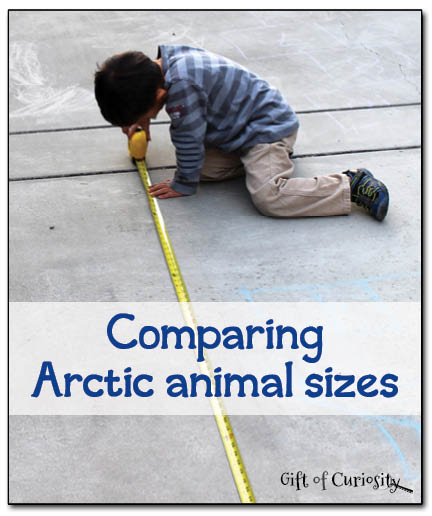
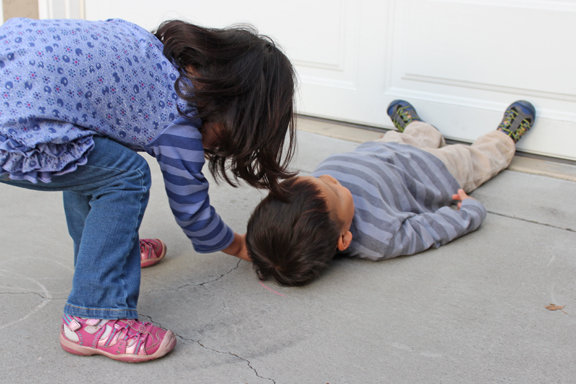
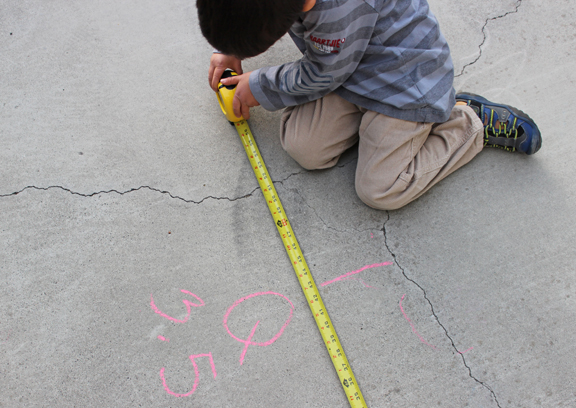

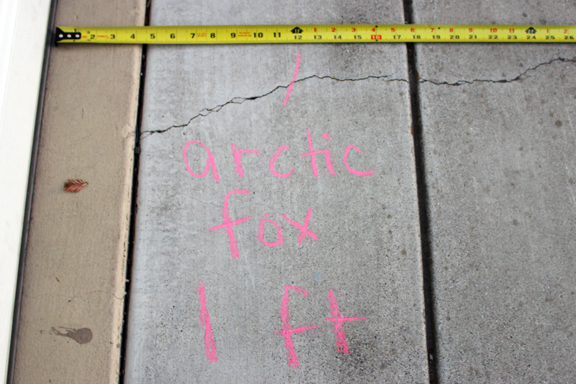
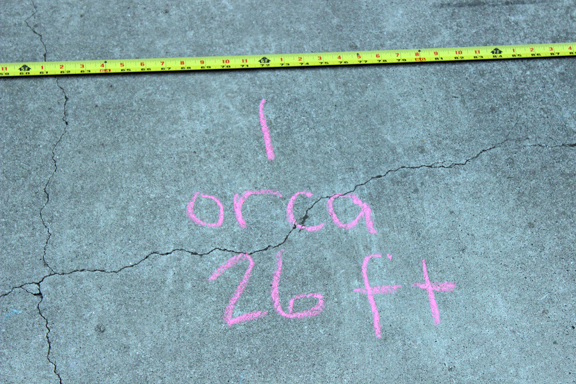
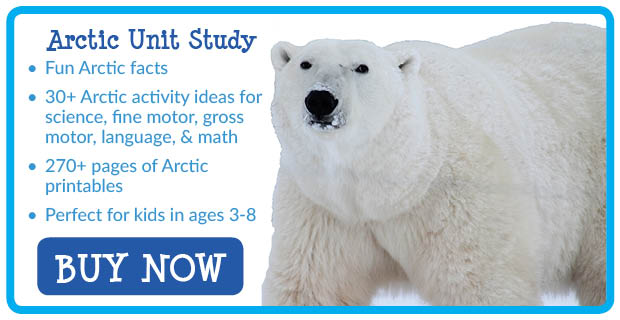
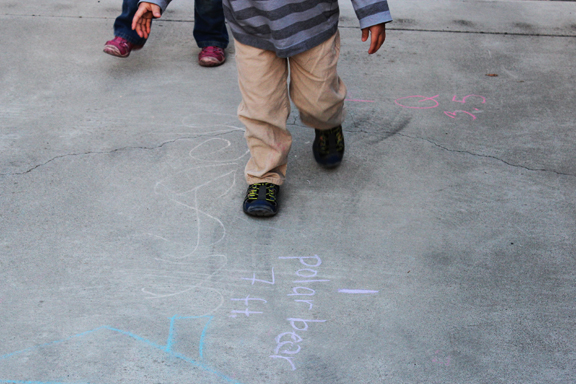
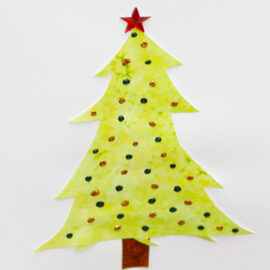
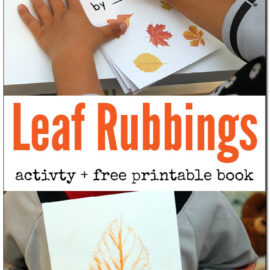

I love this idea! The measuring, the kids noticing their steps were different…so fun! My preschooler just did a few days learning about the arctic last week in his preschool class, when the temps outside were near 0, which included an ice water sensory table complete with floating ice and arctic animals. Even though it was so cold he couldn’t stop talking about it!
Thank you for sharing this fun learning opportunity, along with the other activities revolving around arctic animals. Pinning!